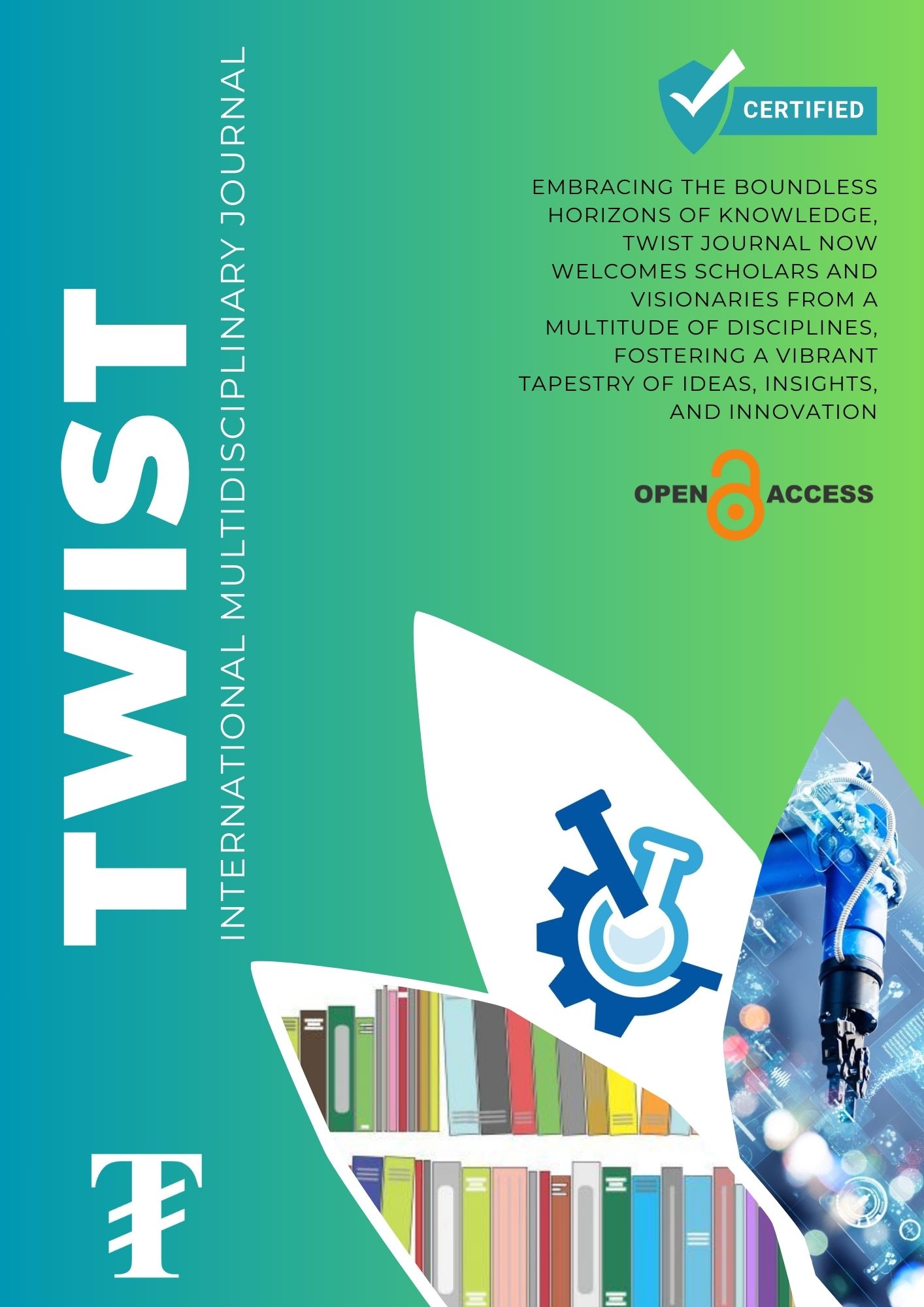Linguistic Strategies and Rites of Widowhood in Yorubaland
Keywords:
Linguistics, Strategies, Rites, Widowhood, Yoruba land, MythAbstract
The present research examines the linguistic strategies and rites associated with widowhood in Yorubaland, and how these elements contribute to the construction of cultural identity, provide social support, and influence the grieving process. It further explores how globalization and modernization have influenced language choices and widowhood rites in contemporary Yoruba society. A qualitative research approach is employed. This gives room for an in-depth exploration of the cultural and linguistic dimensions of widowhood in Yorubaland. The study adopts Labov’s (1972) principles of Sociolinguistic patterns as its theoretical framework. Labov’s (1972) “Sociolinguistic patterns” helps in understanding how social structures and expectations influence the linguistic strategies employed by widows and the community during the mourning period. Findings show that the language of widowhood is laden with symbols of mythic origin, which particularly depict the traditional beliefs of the Yoruba clan. Findings also show that the language is replete with nominal clauses of mythical representations deployed to construct cultural identity, provide social support, and influence the grieving process. Findings further show that despite various changes in the modern Yoruba society, like many other traditional practices, widowhood practices have continued to exist silently and openly. The study concludes that the language of widowhood is a signification of the agony the widow passes through during the rites of widowhood.
Downloads
Downloads
Published
Issue
Section
License
Copyright (c) 2024 TWIST

This work is licensed under a Creative Commons Attribution-NonCommercial-ShareAlike 4.0 International License.











